King Eider
Miller Beach, Indiana - November 2006
I sweat to you that is an Eider! This is probably the worst of the worst of the bunch. The flyby was spotted by myself and a handful of other Indiana Birders coursing the south shore of Lake Michigan on a cold November day. The large sea duck was as unexpected as any bird might have been, but was the 5th or 6th report from the area over the years. Bad light and 300 yards of water between us and the bird made for this incredibly horrible record shot!
Red-throated Loon
East Canyon Reservoir, Utah - November 8, 2007
Reddish Egret
Fish Springs NWR, Utah - August 2007
What do you get when you take a picture through a 60X eye-piece with a 6 megapixel point-and-shoot camera, at a bird way too far away to photograph on a windy summer afternoon? This record shot of a Reddish Egret. I took a number of shots, but nothing came out nearly as awesome ad this shot. Other were graced with views at less than 50 yards away--I was not so lucky!
Ruddy Turnstone
Bear River MBR, Utah - August 2007
This might actually be the best of the bunch. Easily identifiable, and very colorful. But it was taken in crappy light, at well over 100 yards away. It was my first and only Ruddy Turnstone in Utah--a state nemesis bird that I haven’t seen in state since this. The bad photo remains the only I have of any Ruddy Turnstone--and a welcome addition to my gallery.
Sharp-tailed Sandpiper (Pectoral on the left)
Antelope Island Causeway, Utah - October 2007
When a 1st state record is at hand any picture is better than none. After the initial shock of seeing the rufousy washed bird in the company of a number of Pectoral Sandpipers, I snapped off a handful of distant shots of the bird. Poor light and distance were the culprit here--but none-the-less, just enough detail for a 1st! Several others were able to relocate the bird the following day although no other photos were captured.
Red-headed Woodpecker
Hurricane, Utah - December 2004
No question as to the identity here. Even a terrible record shot of this bird is unmistakable. Flying through the trees at an orchard in southern Utah, this was one of the best looks I had at the only modern report of Red-headed Woodpecker from Utah. Others managed some great shots, but at the time I was happy with what I captured using a 300MM $50 lens and my 1st generation DSLR. I also got a perched shot that is equally as bad--in fact worse in terms of focus, but the red head is blazingly obvious!
Gilded Flicker
Beaver Dam Slope, Utah - April 23, 2010
Possibly one of the worst record shots. The details in the photo are murky and were a last ditch effort to get some type of documentation for the woodpecker that has been sparsely reported in southwestern Utah, with very few photos for vindication. The birds (yes 2) flushed from a water tank in the desert and flew directly away from my wife and I. I took to foot chasing them through the Cholla and Joshua Trees, snapping this shot before they disappeared. Sometimes even the worst shot is just that--the worst shot!
Kirtland’s Warbler
Chicago, Illinois - May 2008
What do you do when you are in Chicago in May birding Lincoln Park as migrants duck and dodge through the trees and you spot the rarest native wood warbler found in North America? After the initial freak out you try to get a picture of course... But umm... What if you don’t have you camera because it was a business trip and the birding was just supposed to be a casual after work stroll? Luck for me I had my point-and-shoot. I wasn’t dumb enough to go without at least some type of camera. But handholding binoculars, and trying to digi-binoc in the waning evening hours doesn’t make for an easy task. When all was said and done I managed two shots that were barely identifiable for this record shot--one of only 3 reports ( believe) from the lake front in Illinois.
Some times we capture the worst shots of some of the greatest birds. It’s part of remaining a birder and keeping photography as a secondary when in the field. It’s always best to spend as much time identifying the birds and studying them to make sure what you see is what you think it is, only going to the camera when you feel confident or need that reassurance. Using photos to identify birds later leads to all kinds of pitfalls, and can be one of the most frustrating experiences to go through--been there and done that!
This is only a small sampling of some of my bad photos of good birds... Maybe down the road I will post some more.
What are some of the worst photos you’ve taken of good birds?
Labels: commentary, photography, rare birds
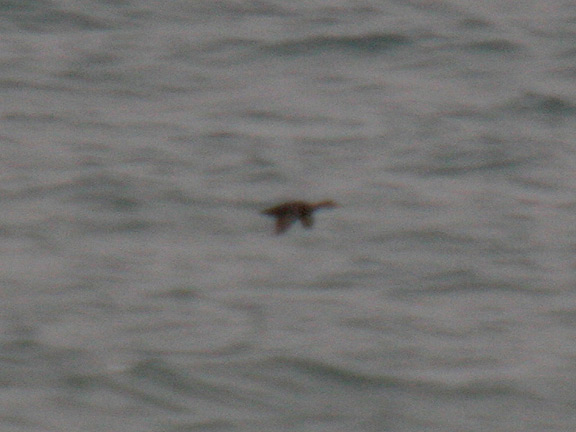
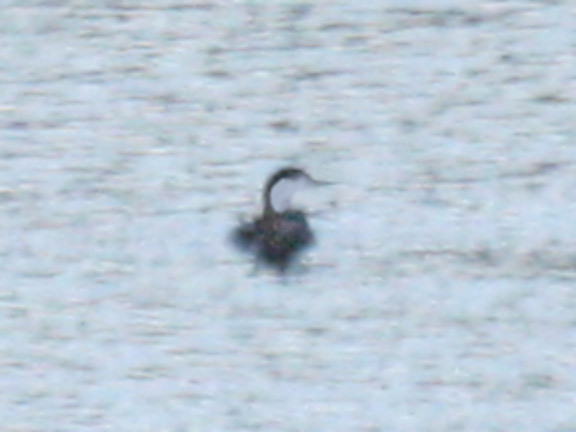
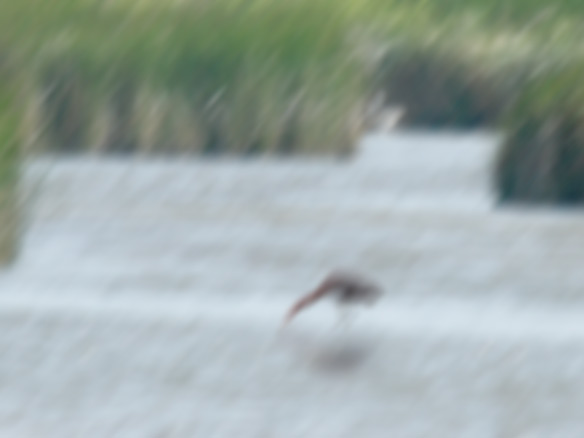

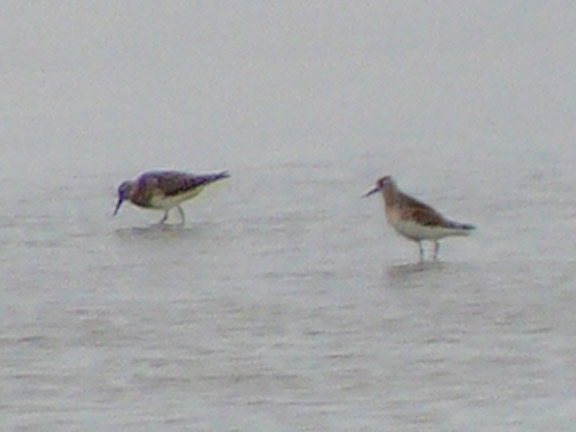
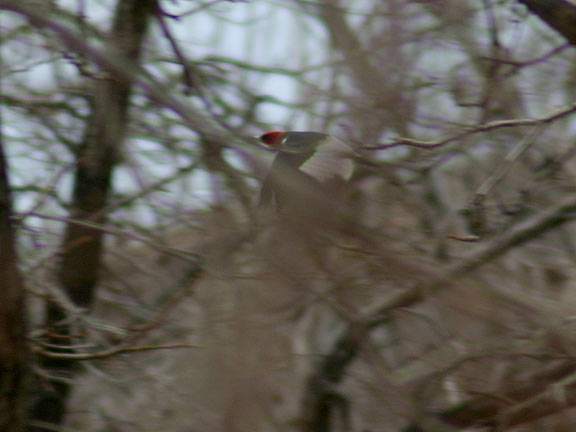
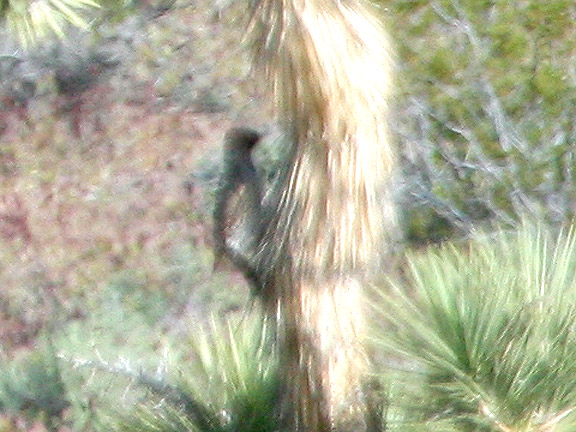


9 Comments:
Great insight, Tim. I always feel like I need to photograph everything I see and ID it later because I'm such an inexperienced birder and I'm afraid I won't remember all the details of what I saw and be able to ID it in the field. And it works out in some cases. Others not so well.
Probably my best example of a bad photo, good bird, was of this Common Nighthawk: http://www.flickr.com/photos/bubblesteph/6299741280/
I could see something out of the norm flying through the air, but without capturing it and seeing the characteristic white stripes on the underside of the wings, I would have never known. So, in this case, my camera was the only thing that enabled me to ID the bird. BUT, I think that as I gain more experience, I will rely more on field observation. That, and, I need to get myself some good binocs.
Tim, you bird snob....what, only rare birds are "good birds"? You kill me, didn't I post an entry on "seen any good birds lately", where I rant like a little bitch crybaby.
Hah, just teasing of course (but you knew that), I find myself saying the exact same words...guilty, and no qualms about it.
@Stephanie: I totally understand the feeling. The one thing I notice is that some people spend ten minutes trying to get a photo of a bird that they only get bad or blurry shots of--when that 10 minutes could've been used to study the bird quite closely to consult a field guide. It's a toss up. If the bird is easy to photograph then yes it is well worth it to get that photo. Otherwise you will see far more by studying the bird. And yes good optics are very helpful in this. And of course everyone learns differently--so capturing the photos may be the most helpful way to remember those field marks. Thanks for your comments!
@Jerry: You're damn right my friend! I can't help myself! I thought about doing crappy photos of starlings, sparrows, and finches, but thought this was more intriguing. I will probably down the line do a follow up called, "good photos of great birds". Truth be told I do tend to get more excited about the rarities but always enjoy some great common birds--like Western Tanager, Lesser Goldfinch, Northern Harrier, and Wilson's Warblers (among others). Now if I could just get you to show me some Broad-wingeds at close distance, I could add some good pictures of a good bird!
Crappy photos of starlings would be funny....I get excited about rarities too. I have crappy photos of some Utah rarities.
Glad I could bust your balls.
I have seen bad photos that make the bird look like another, less rare, species! In some cases, such a photo has caused the records committee to not accept the record. In other cases, later photos turned out better.
Of course, sometimes the photo shows unequivocally that what was claimed was actually not seen....
With the advent of inexpensive and rather good digital cameras (even on camera phones!) it is usually possible to get some kind of photo. Such a documentation can go a long ways toward confirming an ID. Nearly any photo, even a bad one, can be used to confirm general pattern or shape, and at least help confirm or deny the ID.
Greg
Great comment Greg!!!
The advances in photography and the amount of people taking photos these days has had an amazing influence on Birding and records. Not to mention how much we can learn by all the photos available to view.
I was never a skeptic, but I will say that I see more misidentified raptor photos than I thought I would. I also see some great documentation of rarities.
@Jerry: Thanks god there were only a couple on my site that you've found... Had there been dozens I might have to give up. :)
Oh my god Tim....hope you didn't think I was referring to your pics! I just meant on the internet in general of course.
Besides, you don't have any raptor misID's on your site....wait, let me check before I say that.
@Jerry:. Sh%t I blew my cover... haha. It would be dishonest of me to say you haven't corrected a couple of my pictures, and you have, and I am grateful.
There are some surprisingly difficult looking birds to ID and I have had my fair share of them. Now, I'm afraid of what you're going to find going through my shots! :)
Post a Comment
Subscribe to Post Comments [Atom]
<< Back to Previous